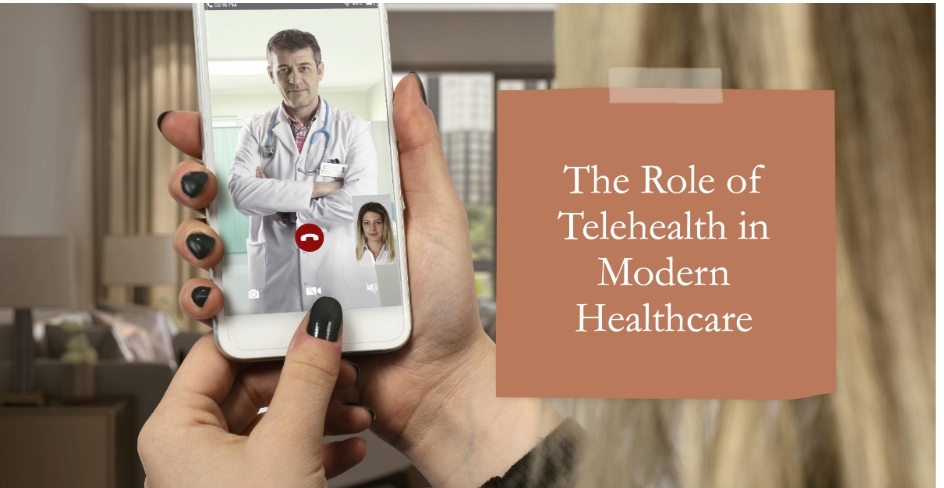Introduction
The advent of telehealth has revolutionized the delivery of healthcare services, marking a significant shift in how medical care is accessed and provided. This digital transformation enables patients to receive medical advice, diagnoses, and treatments remotely, leveraging technology to bridge the gap between healthcare professionals and patients.
The convenience, accessibility, and efficiency of telehealth have made it an indispensable component of modern healthcare, particularly in the face of global challenges such as the COVID-19 pandemic.
Telehealth’s rise to prominence is not merely a response to immediate health crises but a reflection of broader trends towards digitalization and patient-centered care. It represents a move away from traditional, location-bound healthcare models towards more flexible, responsive and inclusive approaches.
By integrating telehealth into their service offerings, healthcare providers can enhance patient engagement, improve health outcomes, and reduce costs, making it a win-win for patients, providers and healthcare systems alike.
The Role of Telehealth in Modern Healthcare
1. Expanding Access to Care
Telehealth dramatically expands access to healthcare services, particularly for individuals in remote or underserved areas who previously faced significant barriers to accessing medical care. By enabling consultations and treatments to be conducted remotely, telehealth eliminates geographical constraints, making it possible for patients to consult specialists without the need for long-distance travel. This not only saves time and resources but also ensures that high-quality healthcare is more equitable and accessible to all, regardless of location.
Nathan Richardson, CEO of Mexico Weight Loss Surgery, comments, “Telehealth has been a game-changer in democratizing access to healthcare. It’s especially crucial for communities in remote areas, where specialist care was once a rarity. Now, it’s just a video call away.”
2. Enhancing Patient Engagement and Satisfaction:
Telehealth services foster greater patient engagement and satisfaction by offering convenience and personalization. Patients can easily schedule appointments, access medical records, and communicate with healthcare providers from the comfort of their homes.
This ease of access encourages more proactive and regular engagement with healthcare services, leading to better management of chronic conditions, higher patient satisfaction, and improved overall health outcomes.
Carl Panepinto, Head of Marketing at Sealions, notes, “The personal touch that telehealth provides has significantly improved patient engagement. Being able to receive care in their own environment makes patients feel more comfortable and in control of their health.”
3. Reducing Healthcare Costs:
One of the most significant benefits of telehealth is its potential to reduce healthcare costs. By minimizing the need for physical office visits, telehealth can decrease the overhead costs associated with healthcare delivery and reduce the burden on healthcare facilities. Additionally, by facilitating early intervention and continuous monitoring, telehealth can help prevent costly emergency visits and hospitalizations, contributing to more sustainable healthcare systems.
Pareen Sehat, Clinic Director of Wellbeings Counselling, observes, “Telehealth not only makes healthcare more accessible but also more affordable. It’s an efficient way to manage healthcare resources, benefiting both providers and patients financially.”
4. Improving Healthcare Provider Efficiency:
Telehealth technologies streamline many aspects of healthcare delivery, enhancing provider efficiency and allowing for the treatment of more patients in less time. Digital tools and platforms enable quick access to patient records, remote monitoring, and seamless communication, reducing administrative burdens and freeing up more time for direct patient care. This efficiency not only improves the quality of care but also enhances job satisfaction among healthcare professionals.
Tiffany Payne, Head of Content at PharmacyOnline.co.uk, remarks, “The efficiency gains from telehealth are undeniable. It allows healthcare professionals to focus on what they do best—caring for patients—while technology handles the rest.”
5. Addressing Public Health Challenges:
Telehealth has proven to be an invaluable tool in addressing public health challenges, from managing chronic diseases to responding to pandemics. By enabling remote care, telehealth helps reduce the spread of infectious diseases, protect vulnerable populations, and ensure continuity of care during crises. Moreover, telehealth can support public health efforts by facilitating widespread health education, monitoring, and intervention programs, contributing to healthier communities.
Conclusion
Telehealth has firmly established itself as a cornerstone of modern healthcare, transforming how services are delivered and experienced. By offering greater access, enhancing patient engagement, reducing costs, and improving provider efficiency, telehealth is shaping a future where healthcare is more accessible, efficient, and patient-centered.
As technology continues to evolve, so too will the possibilities for telehealth, promising even greater advancements in healthcare delivery and public health. Embracing telehealth is not just adapting to change; it’s leading the way towards a healthier, more connected world.




